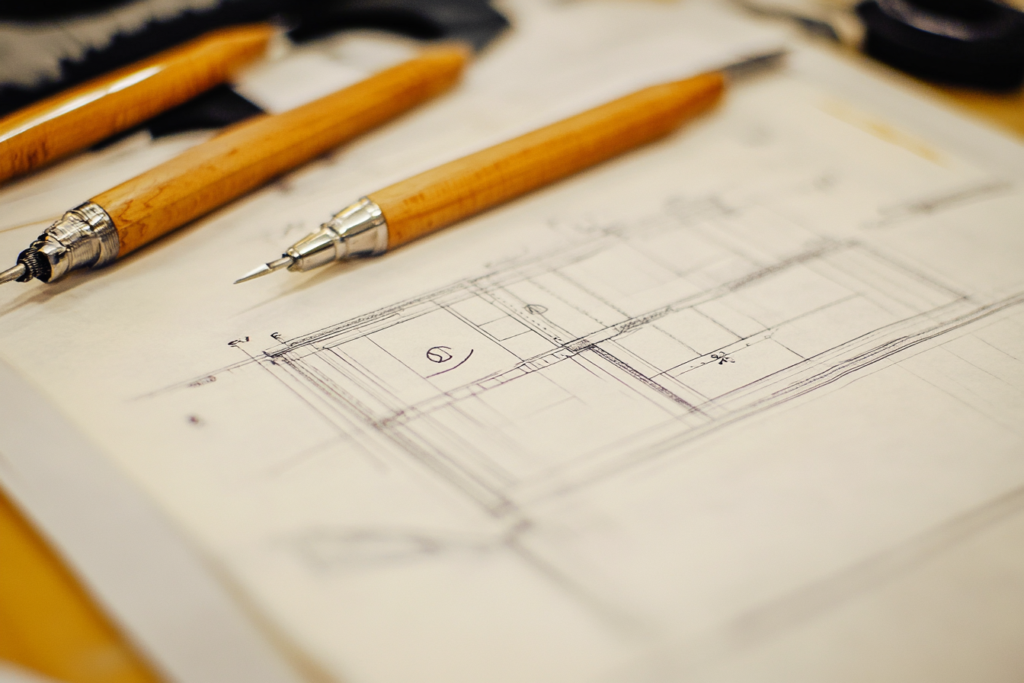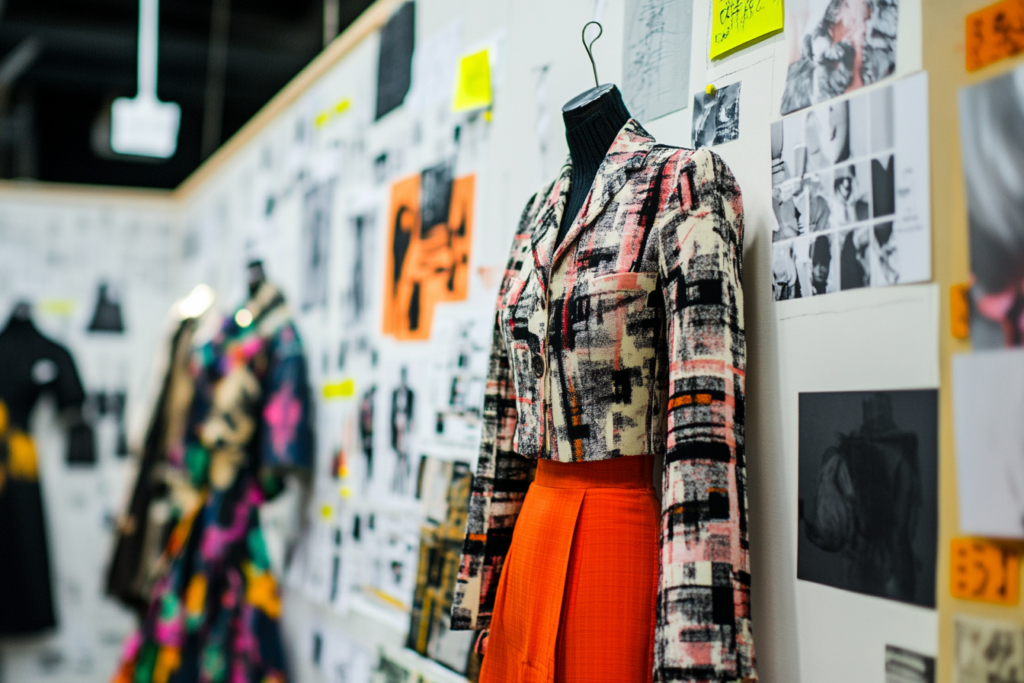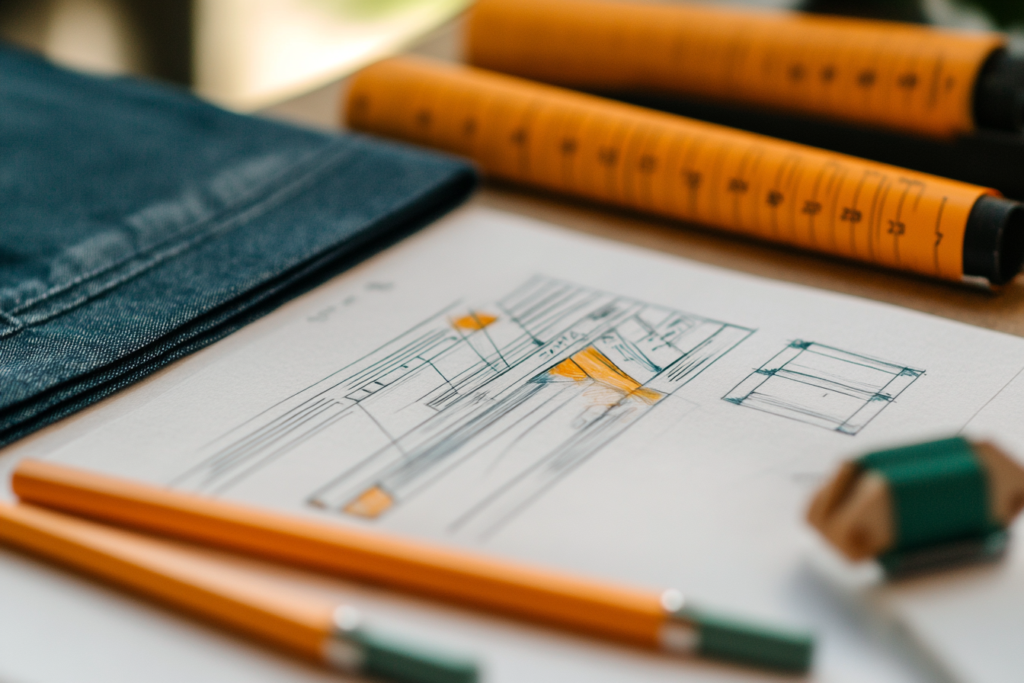Market Research in Fashion: Crafting Product Plans Based on Trends and Sales Data
Market research is a critical aspect of the fashion design and development process. It allows planners and designers to understand consumer behavior, anticipate future trends, and make data-driven decisions when creating collections. This research involves interpreting current fashion trends, analyzing sales data, and creating product plans that align with both the company’s budget and anticipated consumer demand. By integrating insights from forecasting companies and market analysis, fashion brands can ensure their designs are both trendy and commercially viable. In this article, we’ll explore the importance of market research, how planners use trends and data to craft product plans, and the role of forecasting companies in predicting fashion trends.
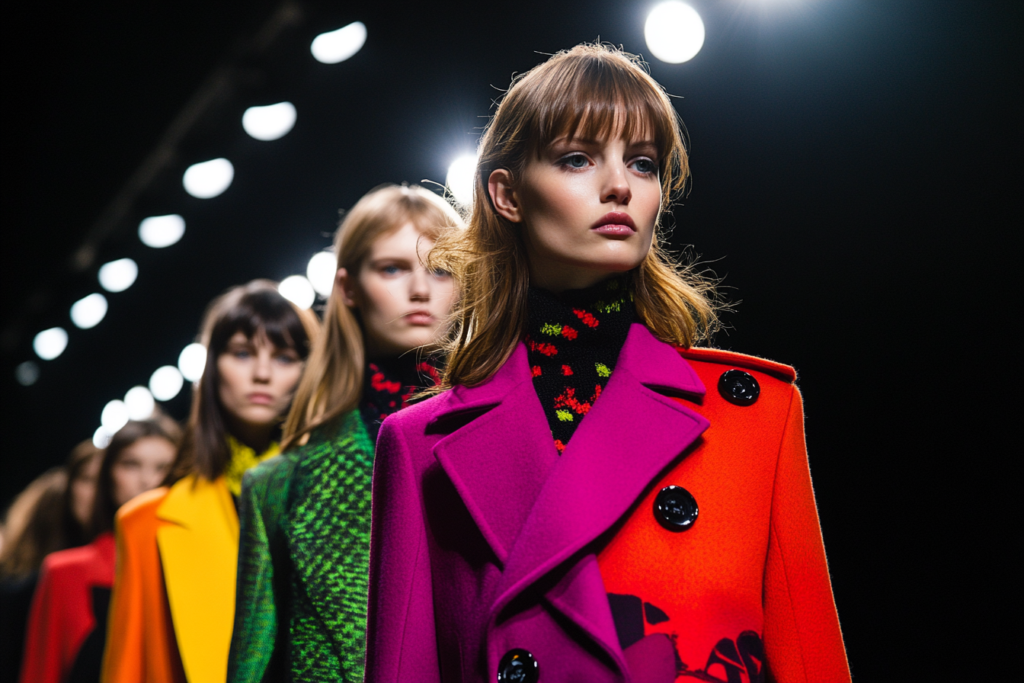
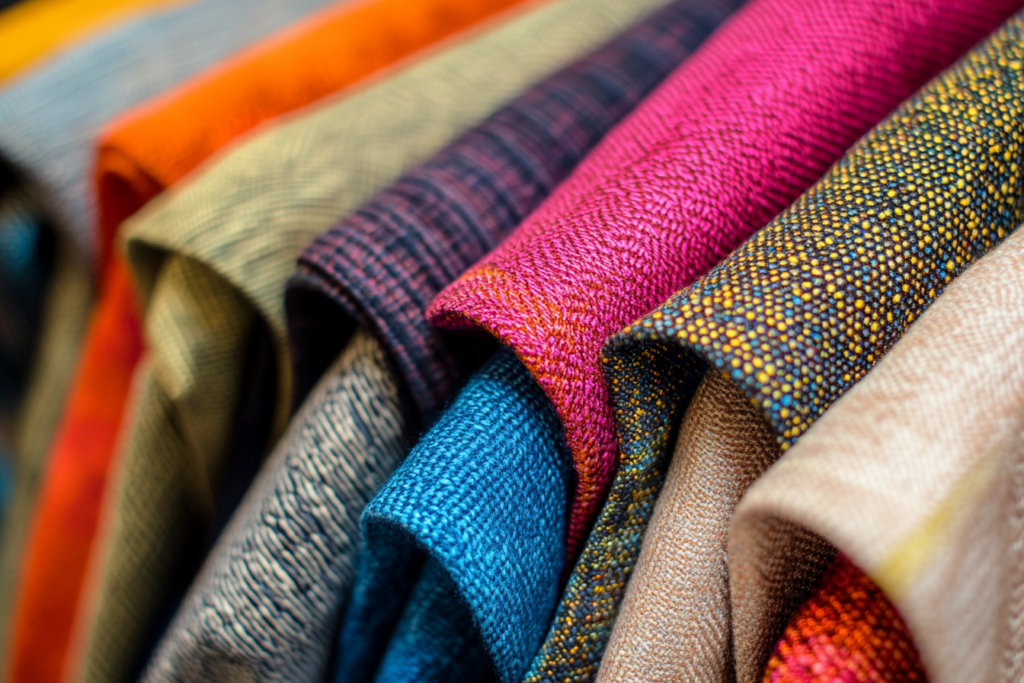
Understanding Market Research in Fashion
Market research in fashion involves gathering and analyzing various data points to make informed decisions about product design, production, and sales strategies. The primary objective is to create collections that resonate with the target market while maximizing profitability.
| Market Research Aspect | Description | Icon |
|---|---|---|
| Trend Analysis | Understanding the latest fashion trends to ensure designs align with current consumer preferences. | 🔮 |
| Sales Data Analysis | Reviewing past sales data to predict demand for specific products or categories (e.g., “Outdoor Wear” series). | 📊 |
| Consumer Behavior | Studying how consumers make purchasing decisions, including factors like price sensitivity and buying habits. | 🛍️ |
| Competitive Analysis | Analyzing competitors’ offerings and positioning to stay ahead of the market. | 📈 |
Role of Planners in Market Research
Fashion planners play a crucial role in translating market research into actionable product plans. These plans are based on a deep understanding of fashion trends, sales data, and consumer demand. Planners interpret trends and analyze data to create a clear direction for design teams.
Key Functions of Fashion Planners:
- Trend Interpretation: Planners work with design teams to identify relevant trends for upcoming seasons. They may rely on reports from forecasting companies or direct input from market research to make informed predictions about which styles, colors, and fabrics will be popular.
- Budget Management: Planners set budgets based on the available financial resources and expected sales. This ensures that the planned collections are profitable while staying within the company’s budget constraints.
- Product Planning: Based on the trends and sales forecasts, planners create product plans that include specific designs, colors, sizes, and styles. For example, an “Outdoor Wear” series may be planned for the fall/winter season, focusing on outerwear, coats, and weather-resistant fabrics.
How Sales Data Influences Product Plans
Sales data plays a critical role in shaping product plans. By analyzing past sales trends, planners can identify which types of clothing have been most popular with consumers, and which styles or categories have underperformed.
| Sales Data Insights | Description | Icon |
|---|---|---|
| Top-Selling Products | Identify best-sellers in previous seasons to inform future designs. | 🏆 |
| Consumer Preferences | Analyze which styles, colors, and fabrics customers prefer. | ❤️ |
| Sales Patterns by Season | Understand seasonal trends, such as higher demand for outdoor wear during colder months. | 📅 |
| Price Sensitivity | Gauge consumer price sensitivity to adjust product pricing strategies. | 💸 |
By using this data, planners can better anticipate future demand, avoid overproduction, and create more targeted collections.
Role of Forecasting Companies in Trend Prediction
Forecasting companies specialize in predicting the next big trends in fashion, including color trends, fabric types, silhouettes, and overall design directions. These companies work by analyzing various data sources, such as:
- Fashion Weeks and Runway Shows: What designers are showcasing on the runway gives a glimpse into upcoming trends.
- Street Style and Media: Trends from popular social media platforms and street fashion movements are analyzed to forecast what consumers will be interested in.
- Global Events: Cultural, political, and economic shifts can also have a significant influence on consumer behavior and fashion trends.
Planners rely on these insights from forecasting companies to align their product plans with market expectations. For example, a forecasting company might predict that earth tones will dominate the next fall season, prompting a design team to integrate these colors into their upcoming Outdoor Wear collection.
| Trend Forecasting Source | Influence on Fashion Planning | Icon |
|---|---|---|
| Fashion Weeks | Highlights the key styles and collections that will set the tone for upcoming seasons. | 🎤 |
| Street Style | Provides insight into what real consumers are wearing and adapting to mainstream fashion. | 🚶♀️ |
| Pop Culture & Entertainment | Music, movies, and celebrities often drive fashion trends and influence public interest. | 🎬 |
| Cultural Shifts | Global movements and social changes can lead to shifts in design focus, such as sustainability or inclusivity. | 🌍 |
By using these resources, fashion planners can ensure that their designs remain relevant and timely, attracting consumers who are excited about the newest trends.
Combining Trend Insights and Sales Data for Effective Product Planning
The true power of market research lies in the ability to combine trend insights from forecasting companies with sales data analysis. For example, when designing a new collection for the “Outdoor Wear” series, planners will examine sales data to understand which outdoor products (e.g., jackets, hiking pants, boots) are performing best, while also integrating trend reports that predict a rise in demand for sustainable materials or multifunctional gear.
| Component | How it Supports Product Planning | Icon |
|---|---|---|
| Trend Insights | Align the collection with colors, styles, and fabric choices forecasted to be popular. | 🔮 |
| Sales Data | Use past performance to guide decisions on which products to prioritize, based on demand. | 📊 |
| Forecasting Reports | Ensure the collection includes up-and-coming styles and fabrics to stay ahead of competitors. | 📈 |
| Market Feedback | Incorporate customer feedback to refine designs and align with real-world preferences. | 💬 |
This holistic approach helps planners and designers create collections that not only capture the latest trends but also align with consumer demand, ensuring a successful product launch.
The Power of Market Research in Fashion Design
Market research is essential for fashion brands to stay competitive and meet the demands of their target consumers. By interpreting trends, analyzing sales data, and integrating insights from forecasting companies, fashion planners can create collections that are both timely and in demand. The use of production planning charts, combined with strong collaboration between design teams and market analysts, ensures that fashion collections resonate with consumers while also meeting the brand’s financial goals. Ultimately, leveraging these insights helps brands deliver high-quality products that consumers are eager to purchase.
